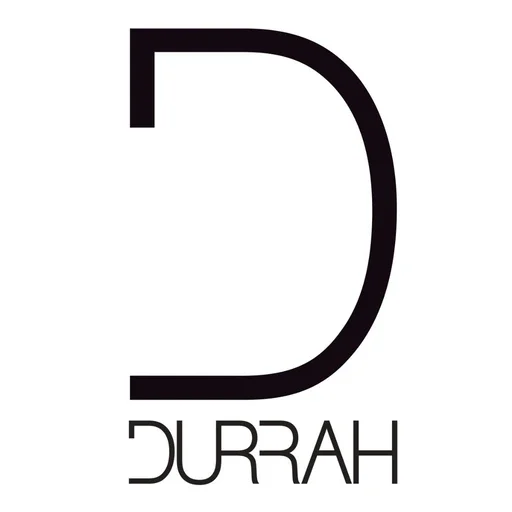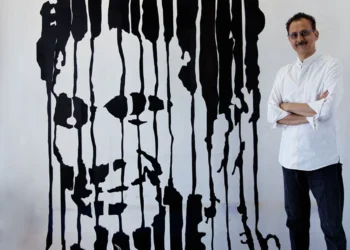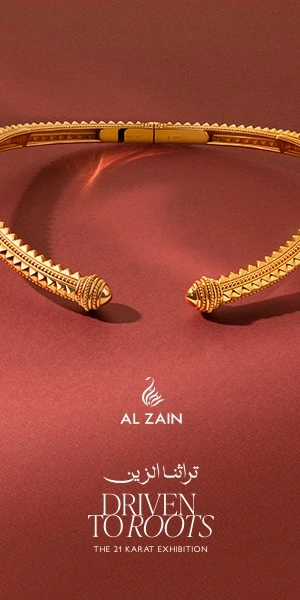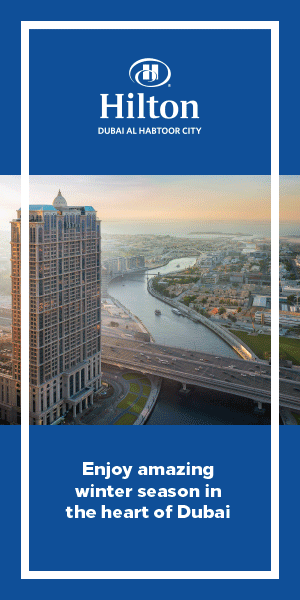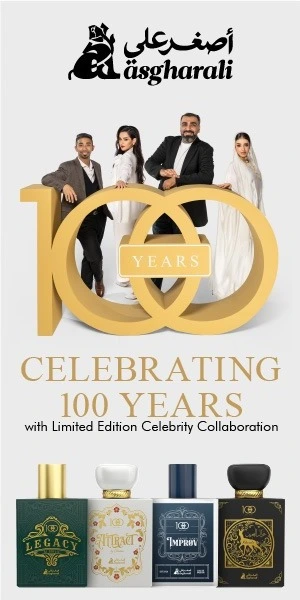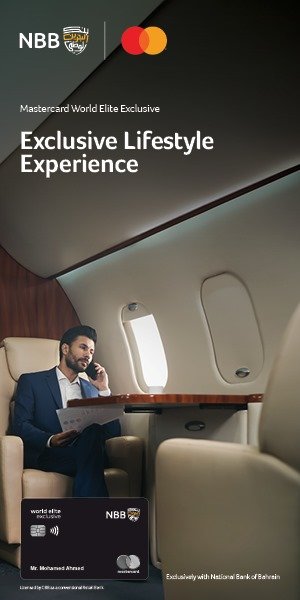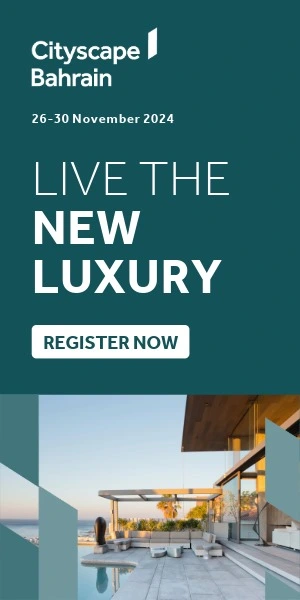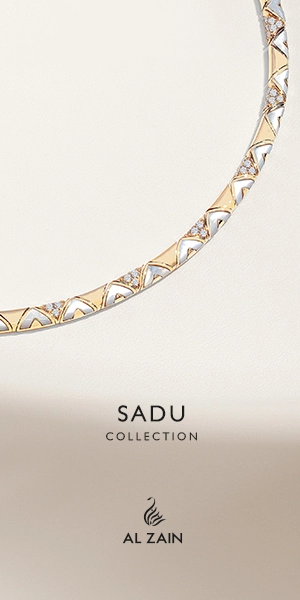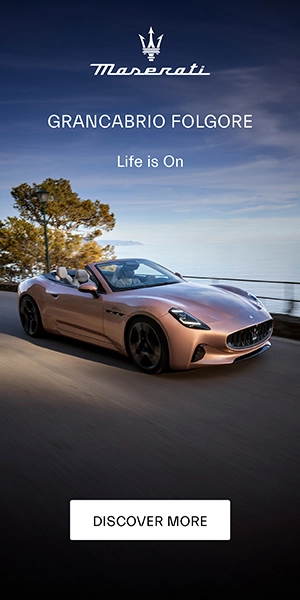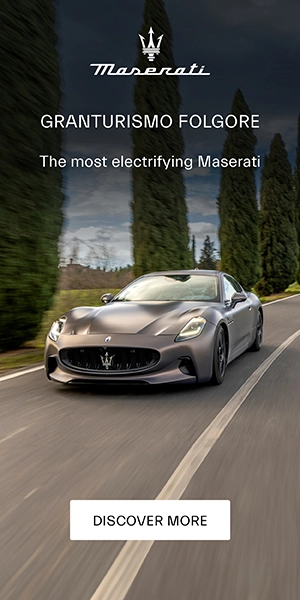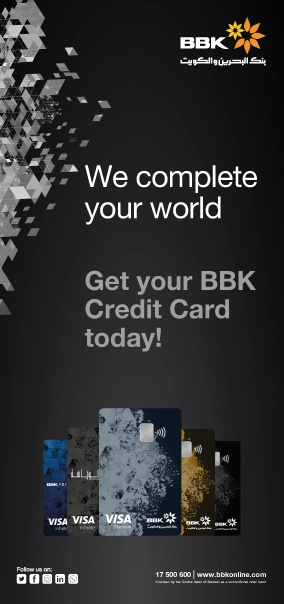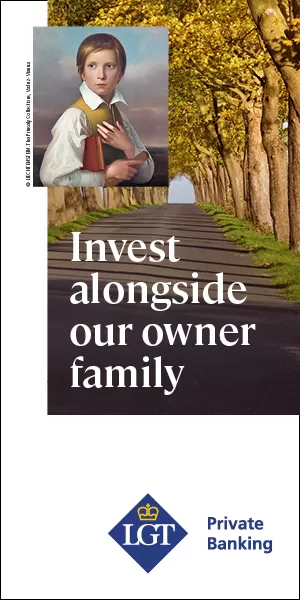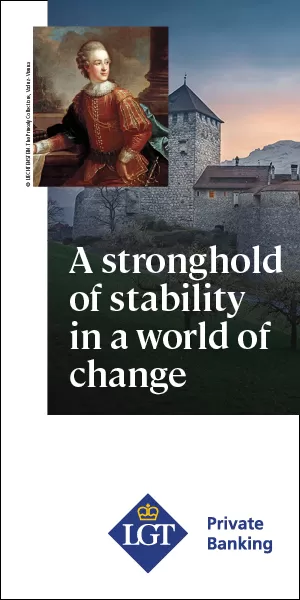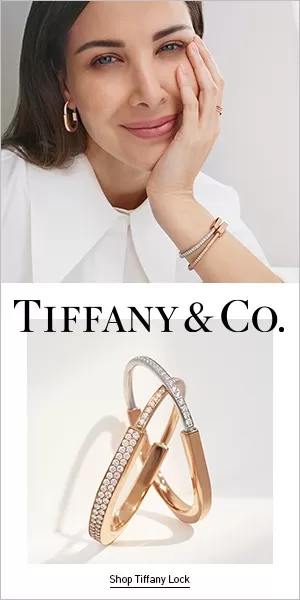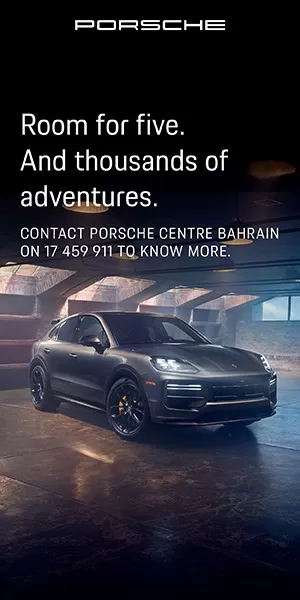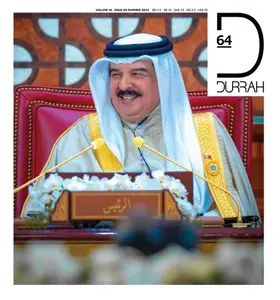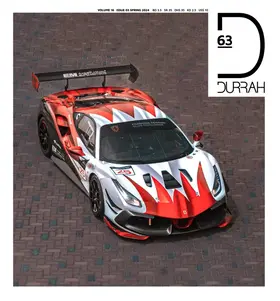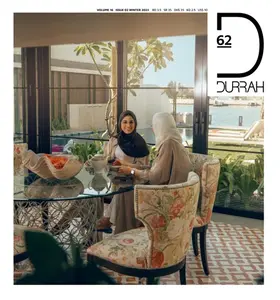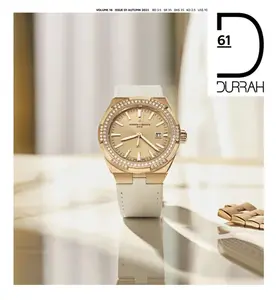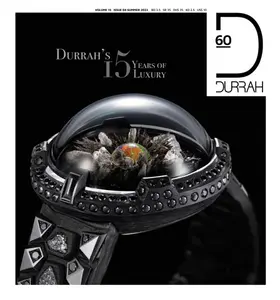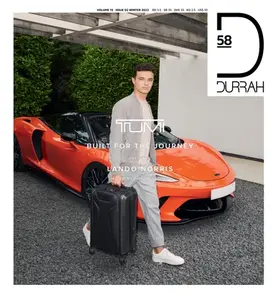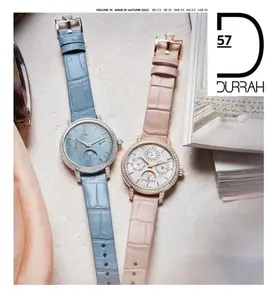CAN YOU DESCRIBE YOUR ARTISTIC JOURNEY AND ITS VARIOUS THEMES?
My artistic journey is deeply intertwined with my personal perceptions and vision. It’s a continuous exploration of societal struggles, political engagement, and the human condition. Whether I was drawing horses in the seventies, officials adorned with medals in the eighties, or later, fish hit by nails and slaughtered birds, all these themes are interconnected. They may appear different on the surface, but they are united by an underlying vision. For me, the fish is the horse, and the horse is the nude drawing-it’s all part of the same continuum. My work is not done in vain; it is not simply art for art’s sake. Rather, it is a product of societal struggle, born out of a deep commitment to political engagement and the social context in which I live.
HOW DO YOU SEE THE DIFFERENT STAGES IN YOUR ARTWORK?
I resist the notion of distinct stages in my artwork. Instead, I see my journey as a broad circle, where I move from one theme to another, often returning to previous themes with renewed sensibilities. For instance, I worked extensively on nudity in the seventies and eighties, and then again ten years ago. This process is more like a spiral, where each return to a theme brings with it new insights and a different approach. My work on still-life themes, for example, has spanned decades, with different sensibilities emerging over time. The idea of “stages” is too rigid to capture the fluidity of my artistic process.
CAN YOU ELABORATE ON YOUR RECENT SHIFT TO DRAWING NUDE MODELS AFTER YOUR IMPRISONMENT?
My brief imprisonment was insignificant compared to the immense suffering of many Syrians. It didn’t directly influence my turn to nudity. Instead, the despair I felt after the Syrian revolution, which began as a quest for democracy and justice but was hijacked by external forces, led me to seek refuge in themes of beauty and nudity. This was not a planned project conceived in prison, but rather a response to the overwhelming tragedy around me. I turned to these themes as a way to avoid deepening my despair, not as a conscious shift during imprisonment.
HOW DID YOU RESPOND TO CRITICISMS OF YOUR WORK ON NUDITY?
Criticisms often stem from a place of pain and alienation, not hatred. I was honest with myself; I no longer wanted to draw political subjects that had ceased to resonate with me. Drawing nude models was a way to navigate my own despair, a refuge in beauty amidst the surrounding tragedy. I understand that these criticisms come from a place of suffering, but I remained true to my own sensibilities and convictions.
HOW DO YOU INCORPORATE TEXT INTO YOUR ARTWORK?
The relationship between text and image is ancient and multifaceted. I use texts that provide aesthetic, emotional, or intellectual excitement. The text serves as a spark, an incitement, rather than a mere explanation. It’s about expressing my love for the written word and integrating it into the visual art. This relationship between text and image is not about clarification, but about creating a parallel text that complements the visual.
DOES INCORPORATING TEXT LIMIT THE INTERPRETATION OF YOUR IMAGES?
Incorporating text can be both a barrier and an enhancement. While it might limit the interpretation for some, it can also urge different interpretations and add layers of meaning to the artwork. My approach aims to preserve the incitement that inspired the drawing while allowing the text to coexist with the image, each enhancing the other.
HOW DO YOU VIEW YOUR POLITICAL AFFILIATIONS IN RELATION TO YOUR ART?
Political affiliations are often seen as restrictive, but I believe they are a natural part of life. Many Arab intellectuals shy away from admitting political affiliations, but I see political parties as a right of citizens, crucial for organizing social efforts towards change. My political engagement has never restricted my artistic freedom; my comrades respect my choices, and I respect theirs. Political parties are, to me, the most effective means of achieving societal progress and justice.
WHY WAS RETURNING TO SYRIA IMPORTANT TO YOU AFTER YEARS IN PARIS?
Returning to Syria was not just a personal choice, but a reflection of my broader commitment to my country and its struggles. Despite the challenges, I insisted on returning because it was my right. No authority has the right to define my destiny. This insistence on returning reflects a deep connection to my homeland, beyond any personal or political affiliations.
WHAT ROLE DOES LOVE PLAY IN YOUR ARTWORK?
Love is the true dynamo in human life. It represents the highest level of recognition of another person’s value and humanity. My focus on women and beauty in my art is a natural extension of this belief in the power of love. Love, in its various forms, drives my artistic expression and connects deeply with the themes of my work.
HOW DO YOU PLACE YOUR PROJECT ON NUDITY WITHIN YOUR BROADER BODY OF WORK?
The nude drawings are part of my long experience with various subjects. They neither contradict nor define my entire body of work. They coexist with other themes like fish, birds, and still-life, reflecting the complexity of my artistic journey. This project on nudity is one aspect of a much larger and ongoing exploration of different themes.
WHAT IS YOUR APPROACH TO INTEGRATING TEXT WITH IMAGES, ESPECIALLY IN YOUR WORK WITH SALAH JAHEEN’S QUATRAINS?
In my work with Salah Jaheen’s quatrains, the text and image coexist in a way that each enhances the other. The text serves as an incitement, a spark that ignites the visual expression. I chose texts that resonated with me, and I wanted to honor that connection by incorporating them into the artwork. This approach preserves the inspiration behind the drawing while allowing the text to contribute its own layer of meaning.
Instagram: folkartspace
